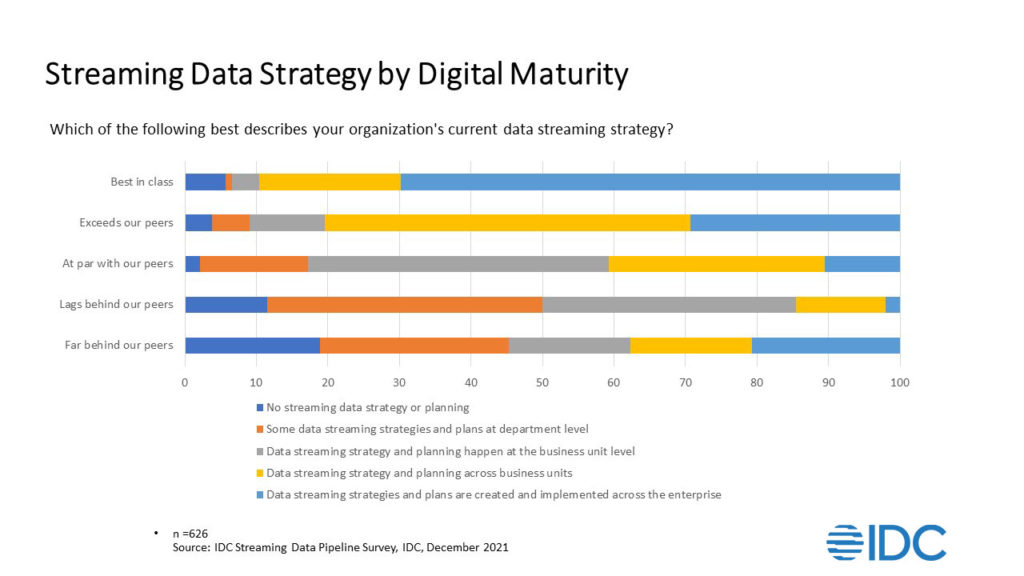Let me present a modern problem: The bank sends me a new debit card, after the previous number had been exposed in a data breach. It’s great that they are protecting me and my money. It’s not so great that I now must update all of my subscriptions with my new card number. And I have a lot of subscriptions, especially for media. Prime. Fubo. Netflix. HBO Max. Showtime. Crunchy Roll. Peacock. And on and on and on.
So during a recent July evening, we sit down to enjoy a true crime documentary about a murder in New England (my favorite). It’s on one of my streaming providers, sold via a bundle with other services. I update the billing info on the parent service, go back to documentary and…no deal. I get a message to update my billing with the parent company of the bundle, which I had done. No problem, try again. The parent company showed I had indeed updated my billing info. Back to the bundled service for the murder show…and., once again, nothing. After about five tries, a light bulb went off.
These services were still using a high latency — probably batch — process to connect their systems and distribute data for billing and subscriptions. That means they were not syncing in real time. If real time is like sending a text message, their process was like sending a letter.
Now as far as stakes go, this one was relatively low. The streaming service missed out on ad revenue, while annoying me. But what if the stakes were higher? What if I was hoping to catch a live, once-in-a-lifetime event? What if this was a service that kept my lights on? Or helped me get somewhere after my car broke down? What if I real-time was imperative to my customer satisfaction?
And now that I am saying this out loud (or typing it), I wonder if any customer interaction can truly be considered low stakes. Losing out on ad revenue is not nothing. When it comes to media, I subscribe to way too many streaming services as it is. Did this negative, high latency interaction make me miss my old cable company? And in light of inflation concerns and tightening my household budget, a bad customer experience might have me thinking, “I can always find a true crime documentary about a New England murder on another streaming service. They are prolific.”
Today, customers expect a real time experience. Not to sound like Veruca Salt, but we know what we want and want it now. High latency isn’t just a week or a day; it can also be minutes. Delays in data can put the business at risk.
Business happens in real time. People buy things in real time, banking happens in real time, goods are shipped in real time, and bad players try to access your data in real time.
Enterprise intelligence means making decisions based on data, so don’t we want to use the freshest data available? Companies with higher levels of enterprise intelligence report greater revenue growth and customer acquisition. In fact, the top three goals realized by the intelligent enterprise are revenue growth, increase in innovation, and improvement in customer experience.

Considering these uncertain economic times, IDC recommends that companies invest in digital-first technologies to accelerate transformation and meet the headwinds of inflation. That includes investment in services that augment agility and enhance customer engagement. Real-time experiences can do that. In a recent survey, IT leaders told IDC that for 2022, investing in technology to achieve real time decision making is a top priority.
Change data capture (CDC) is a great example of implementing dynamic data movement for real-time results. CDC is very popular within the enterprise for populating their streaming data pipelines, and there are new offerings in this space overt the past 12 months to accommodate a growing list of data sources and sinks.
CDC is just one entry point into real time streaming data. And not every use case requires zero-latency solutions. But we all know that improving the customer experience (CX) directly impacts the organization’s bottom line. With phones in our hands and digital assistants in our kitchens, we want relevant experiences that satisfy our needs with the least effort.
Streaming data use cases exist across all industries, from manufacturing to financial, from retail to healthcare. Our research shows that strategic use of streaming data across departments aligns with higher levels of digital maturity, i.e. the more mature organizations are implementing a streaming strategy across departments and throughout the enterprise, while the more immature organizations are still siloed in their use case implementations. When business runs in real-time, scheduled batch data is often out-of-date, and use cases we see around security/threat management, customer activity tracking, and real-time financial data plays that theory out.
I always say, “Let the use case lead.” It should direct how you think about real-time architecture, which ideally, is an expansion of your existing framework to avoid creating data silos. The top questions to ask are: “What are the business benefits we are hoping to achieve?” and “What insights do we need to achieve those goals?” But it’s also important to consider how a use case can drive insights at scale by asking: “Who needs those insights and where do they need them?” and “What other systems might we need to integrate with for context or to operationalize insights?” Asking these questions will help your company figure out the technology requirements, as well as where you need to be able to deploy those capabilities and what applications and systems you need to connect.




